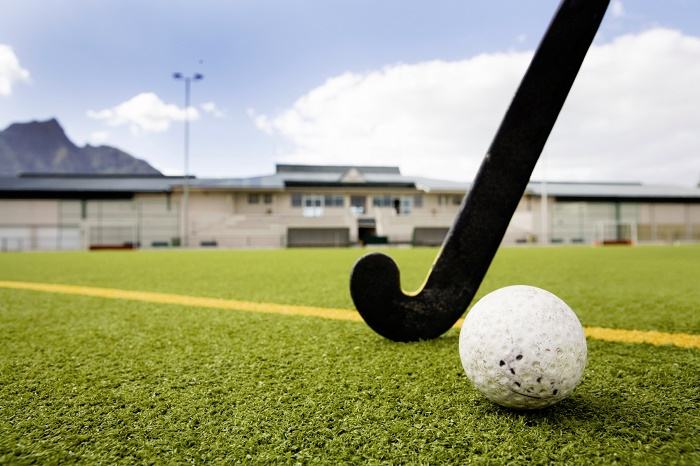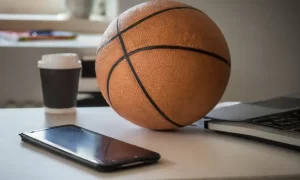
Field hockey is a sport that requires specific equipment to ensure safety, performance, and enjoyment on the field. Whether you’re a beginner or a seasoned player, choosing the right gear is very important. This guide will help you understand the essentials and make informed decisions when selecting equipment for field hockey.
Before moving on, don´t forget that field hockey equipment is vital in performance and safety during play. From sticks to protective gear, each piece serves a unique purpose in boosting your game and minimizing injury risks. Understanding what to look for in each item ensures you can enjoy the sport to its fullest. Now, let’s move to details about each one of the most important pieces.
1. Field Hockey Sticks
The field hockey stick is perhaps the most critical piece of equipment. It comes in different lengths, weights, and materials, each influencing your control and power on the field. Beginners may prefer lighter sticks for better handling. On the other hand, advanced players often opt for stiffer sticks for increased hitting power. The choice between composite and wooden sticks also impacts performance and durability. The composite sticks offer lighter weight and better shock absorption.
When selecting a stick, consider your position and playing style. Forwards may prefer lighter sticks for quick maneuvers and shots. Defenders, on the other hand, might prioritize heavier sticks for powerful clears and tackles. Always ensure the stick’s length is suitable for your height, typically ranging from 36.5 inches to 38 inches for adults.
2. Protective Gear
Protective gear is essential in field hockey to prevent injuries from sticks, balls, and collisions. Here’s what you need:
- Shin Guards:
Protect your lower legs.
It should cover your shinbone comfortably.
Allow for free movement.
- Mouthguards:
Protect your mouth and teeth.
Should be moldable to fit your teeth well.
- Gloves:
Protect your hands.
Provide padding without compromising grip.
- Eye Protection:
Shields against fastballs and accidents.
Ensure they meet safety standards for impacts and UV rays.
Additionally, consider hockey field floodlighting:
- Floodlighting:
Essential for evening or low-light games.
Ensure the field is evenly and adequately lit to avoid shadows and ensure visibility.
Choosing the appropriate protective gear and ensuring proper field lighting enhances comfort, safety, and performance while playing field hockey.
3. Field Hockey Shoes
Field hockey shoes are crafted with special features to improve traction and maneuverability on the field. They usually feature a low-profile sole with cleats or studs that grip both grass and artificial turf surfaces effectively. Selecting shoes with excellent ankle support and a proper fit is essential to avoid injuries, and deformities like bunions and enhance agility during games.
When shopping for field hockey shoes, prioritize durability, breathability, and comfort. Choose cleats that match the playing surface—for dry grass, opt for shorter studs, while longer studs are better for wet or muddy conditions. Regular care and maintenance of your field hockey shoes are crucial for ensuring they last and deliver consistent performance throughout the season.
4. Goalkeeping Equipment
Goalkeepers need specialized equipment to stay safe and defend the goal effectively. This includes goalkeeper sticks, padded leg guards, kickers, gloves, and helmets. Goalkeeper sticks are bigger and have a strong shaft to block shots, while leg guards and kickers shield against fastballs.
When choosing goalkeeper gear, make sure it fits well and lets you move easily. Leg guards should cover your lower legs and thighs completely, with padding to absorb hits. Kickers protect your feet and lower legs from shots and tackles, while gloves give you grip and cushioning to catch and deflect the ball. Helmets with face masks protect your head and face during games.
5. Apparel and Accessories
Field hockey clothing should be comfy, let you move freely, and breathe well. This includes jerseys, shorts or skirts, socks, and team uniforms. It’s good to wear clothes made from fabrics that soak up moisture to keep you cool and dry during intense games. Team uniforms should match the team’s colors and make everyone look the same on the field.
Therefore, think about buying grip tape to help you handle the stick better and stop it from slipping during games. Keeping your gear in stick bags and equipment bags stops them from getting damaged and ready for every practice and game
Choosing the right equipment for field hockey is essential for performance, safety, and enjoyment of the sport. Field hockey equipment is more than just tools of the trade; they’re essential companions that support your passion for the sport. Explore different brands and options to find equipment that aligns with your needs and preferences, allowing you to excel in every game.






